News
-
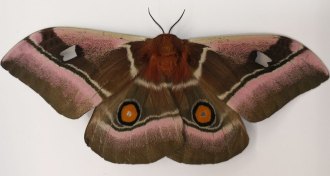 Animals
AnimalsSound-absorbent wings and fur help some moths evade bats
Tiny ultrathin scales on some moth wings absorb sound waves sent out by bats on the hunt.
-
 Animals
AnimalsClimate change may have made the Arctic deadlier for baby shorebirds
What were once relatively safe havens in the Arctic are now feasting sites for predators of baby birds.
By Susan Milius -
 Planetary Science
Planetary ScienceChina is about to visit uncharted territory on the moon
The next two Chinese missions to the moon will visit places no spacecraft has been before. The rest of the world wants a piece of the lunar action.
-
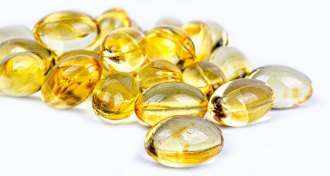 Health & Medicine
Health & MedicineA potent fish oil drug may protect high-risk patients against heart attacks
People with, or at high risk of, cardiovascular disease lowered their chances of having a heart attack or stroke with a drug containing an omega-3 fatty acid.
-
 Health & Medicine
Health & MedicineVitamin D supplements don’t prevent heart disease or cancer
Vitamin D supplements won’t cut your risk of heart attack or stroke, according to highly anticipated study results.
-
 Genetics
GeneticsAncient DNA suggests people settled South America in at least 3 waves
Genetic studies of ancient remains are filling in the picture of who the earliest Americans were and how they spread through the Americas long ago.
-
 Planetary Science
Planetary ScienceHints of Oort clouds around other stars may lurk in the universe’s first light
Sifting through the universe’s early light could reveal planetary graveyards orbiting other stars.
-
 Chemistry
ChemistryThese fragile, futuristic batteries run longer with a little oil
A redesign for batteries that use aluminum and oxygen could help these inexpensive, lightweight power cells last longer.
-
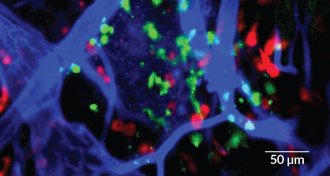 Life
LifeHow a life-threatening allergic reaction can happen so fast
Cells that act as sentries facilitate quick communication between allergens and anaphylaxis-triggering immune cells, a study in mice finds.
-
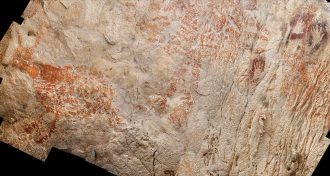 Archaeology
ArchaeologyLike Europe, Borneo hosted Stone Age cave artists
Rock art may have spread from Borneo across Southeast Asia starting 40,000 years ago or more.
By Bruce Bower -
 Neuroscience
NeuroscienceLoneliness is bad for brains
Social isolation shrinks nerve cells in the brains of mice, a new study shows.
-
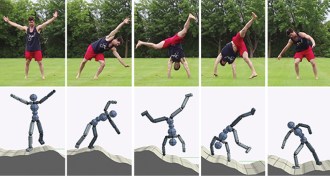 Computing
ComputingVirtual avatars learned cartwheels and other stunts from videos of people
A new computer system that lets animated characters learn acrobatic skills from videos could be a cheaper alternative to traditional motion capture.